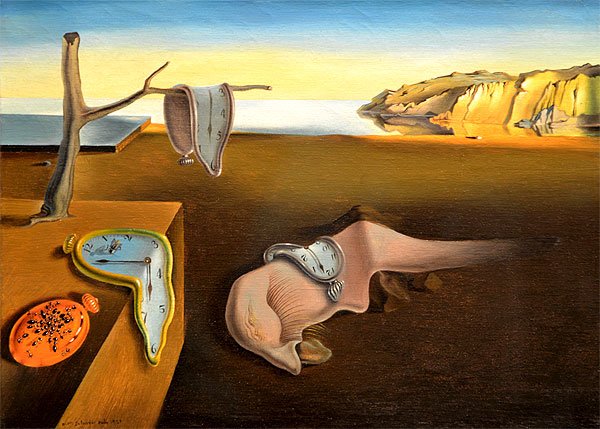
5 Modern Artists You Should be Able to Recognise Before You Turn 30
Art is a complicated thing. We have been aware of the great effect that an appreciation of art can have on a person’s social status since famous sociologist Pierre Bourdieu coined the phrase ‘cultural capital‘ in 1977, and even before that. According to Bourdieu, cultural capital is the “familiarity with the legitimate culture within a society,” in other words, your awareness and understanding of art and culture.
However, if you’ve never had any formal or informal education regarding art — a very common occurrence — you may struggle to find a way to achieve cultural capital. Don’t worry if this is the situation for you. We’ve compiled a list of five Masterful Artists you must be familiar with before embarking on your artistic path.
1. Pierre-Auguste Renoir
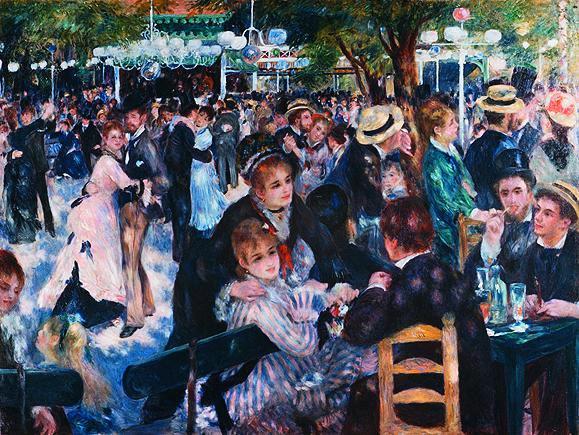
The Impressionist style, which transformed the way art was created in the 19th century, was pioneered by a group of artists led by Renoir. “Using the notoriously small, colourful strokes of the Impressionist brush, he managed to portray ordinary life vibrantly and emotionally, playing with the way natural light hit the scene,” explain the experts at Willow Gallery in London. Paintings like Dance at Le Moulin de la Galette are quintessential of his style, however, in his later years he broke with Impressionism which may make these paintings less easily recognisable.
To identify a Renoir, you must look for different things in his earlier works compared with the end of his career. For the former, look for a lack of use of the colour black; outside, everyday scenes; and bright and vivid shades. The latter, though, would have darker, detailed figures, as well as a mix of styles and content, especially Realism and Impressionism. These paintings would usually feature nude figures or domestic activity as opposed to the mundane moments of his Impressionist years.
2. Vincent Van Gogh
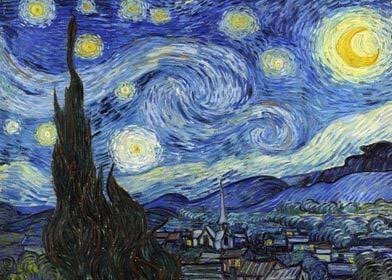
Arguably the most recognisable artist of all time, you can probably name some of Dutch painter Van Gogh’s famous paintings, be it Starry Night or his prolific self-portraits. The artist’s style is so unique and breathtaking that you would be able to work your way through discerning his work pretty easily.
From Impressionism, we’ve moved on to Post-Impressionism, characterised by harmony and structural arrangement. Van Gogh’s works are extremely emotional, using bold and dramatic brush strokes that are visible on the canvas, to suggest movement. He painted impasto — straight from the tube — which means his art features layers of thick paint giving texture to it. His earlier years included other forms of painting, such as chalk and charcoal, and mainly black and white or dark hues. His Parisian years are far more vividly coloured, incorporating Pointillism.
3. Salvador Dalí

Moving into the 20th century, Dalí is synonymous with the concept of Surrealism — even though he was rejected by the movement at the time. His eccentric style wasn’t just portrayed by his moustache and cape, but also his paintings. The easiest way to identify a Dalí is by the motif of the clock, which was present in his works across multiple mediums.
Another motif are the suggestive elements of his pieces, often drawing on the symbolism of sexuality inspired by Freud, especially in his dream images. Generally speaking, this series is the one most identified with Dalí, showcasing common objects in juxtaposed and deformed positions — you may recognise his famous melted clocks, like in The Persistence of Memory.
4. Jackson Pollock
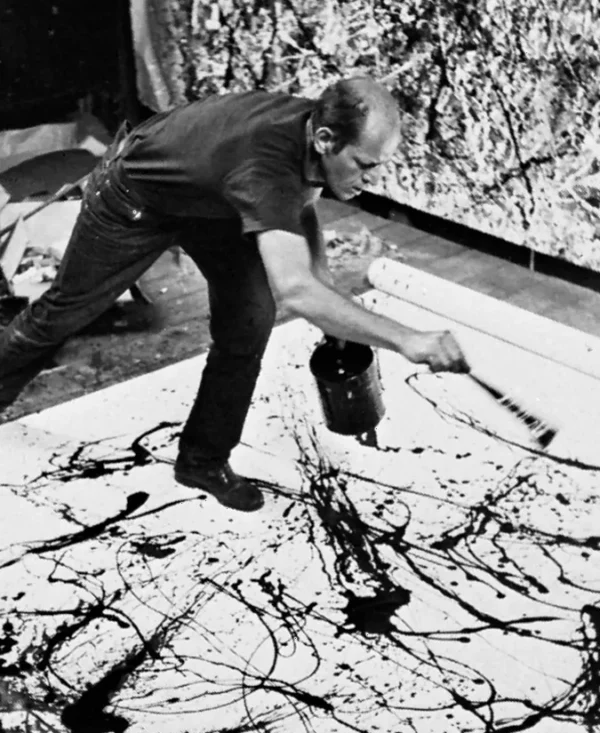
A trailblazer of Abstract Expressionism — a mid-20th century movement that focused on the expression of the psyche, inspired by Jungian psychology — Jackson Pollock’s work was groundbreaking. Controversial as always, he invented the drip technique, which involves laying a blank canvas on the floor and pouring or splashing paint directly onto it, allowing the inspection of the surface from all angles. This is essential to his art, as it gives the paint itself centrality, or ‘imparting life to matter’.
You’ve probably encountered some of Pollock’s works, as he’s one of the most notable artists of his era. One: Number 31, 1950 and Convergence are particularly noteworthy, showing his messy yet thoughtful style that represents the inner works of his mind combined with the physical nature of paint and gravity. Look for huge canvases, splashes of colour, no object (the paintings are completely abstract), and a glaring shock factor.
5. Yayoi Kusama
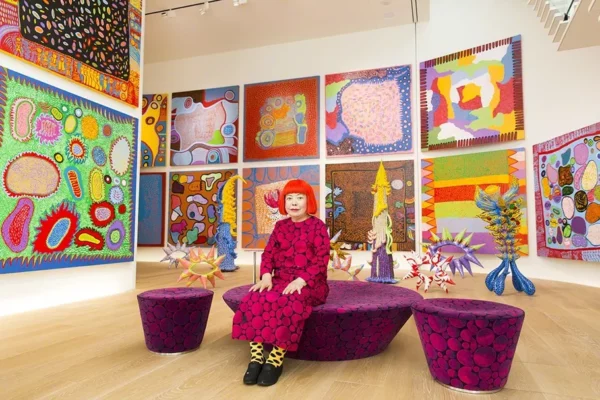
Contemporary Japanese artist Yayoi Kusama has been touted as the world’s favourite artist, and her works are incredibly distinct in the field of modern art. She’s a conceptual artist, whose sculptures are huge, vibrant and colourful, featuring iconic polka dots. Her pieces are often described as bridging Abstract Expressionism and Minimalism, and use certain repeating motifs beyond the characteristic dots, for example, pumpkins. Another trademark to look for is phallic symbolsand tentacles.
Perhaps most telling, her exhibitions revolve around the concept of infinity and ‘self-obliteration’ — repeating patterns that erase the self and individuality. The rooms are adorned with huge pieces that immerse the viewer within them, together with the brightness of the shades she uses. Kusama is one of those artists who, once you’ve seen a few of her works, you’d be able to instinctively recognise.














































